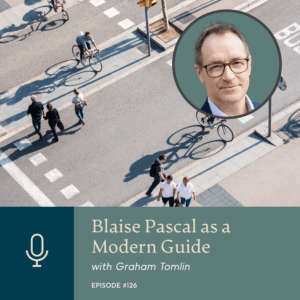In 2000, Senator Daniel Patrick Moynihan was asked to identify the biggest change he had seen in his 40-year political career. Moynihan, a man of unusual sagacity, experience, and perspective, responded this way: “The biggest change, in my judgment, is that the family structure has come apart all over the North Atlantic world.” This change has occurred in “an historical instant,” Moynihan said. “Something that was not imaginable 40 years ago has happened.”
I thought about Senator Moynihan’s observation after reading “The President’s Marriage Agenda for the Forgotten Sixty Percent,” which is the centerpiece of the latest State of Our Unions report. This study focused on the nearly 60 percent of Americans who have completed high school but do not have a four-year college degree.
What we’re seeing is a rapid hollowing out of marriage in Middle America–with 44 percent of the children of moderately-educated mothers born outside of marriage. “We’re at a tipping point with Middle America,” W. Bradford Wilcox, a leading scholar on marriage, told National Review Online’s Kathryn Jean Lopez, “insofar as Middle Americans are on the verge of losing their connection to marriage.”
We are “witnessing a striking exodus from marriage,” according to the study.
More than 40 percent of children are born out of wedlock, while more than half of births (53 percent) among all women under 30 now occur outside of marriage. Between 1970 and 2012, the annual number of marriages per 1,000 unmarried adults decreased by more than 50 percent. The divorce rate today is about twice that of 1960, though it’s declined since hitting its highest point in our history in the early 1980s. For the average couple marrying for the first time in recent years, the lifetime probability of divorce or separation now falls between 40 and 50 percent. Today more than a quarter of all children live in single-parent families, compared to only 9 percent in 1960. And the number of unmarried couples has increased seventeen-fold in the last 50 years.
All of this has profoundly negative implications–for the emotional and mental well-being of children; for America’s social fabric and “civil society”; for social mobility and the gap in income inequality; and for dependency on government and costs to the state (family breakdown costs the taxpayers billions every year). The collapse of marriage in America, then, has enormous human and social ramifications. And whatever one thinks about same-sex marriage, this collapse has occurred long before any state approved marriage between gays.
The report offers a range of recommendations to reverse this trend, including eliminating marriage penalties and disincentives for the poor and for unwed mothers, tripling the child tax credit, providing marriage education and evaluating marriage programs, engaging Hollywood to help shape positive attitudes toward marriage and parenting, launching social media campaigns, and presidential leadership on this issue.
These recommendations may be fruitful, and the scholars who authored the marriage agenda have an admirable unwillingness to accept the collapse of marriage and the American family as irreversible. We are not, after all, by-standers in what is unfolding. We are the central actors.
Still, we shouldn’t kid ourselves about the difficulty of the challenge we face. “The scale of marital breakdown in the West since 1960 has no historical precedent and seems unique,” the distinguished historian Lawrence Stone said a few years ago. “At no time in history, with the possible exception of Imperial Rome, has the institution of marriage been more problematic than it is today.”
This is a deeply worrisome turn of events. And unless we find a way to repair the damage and the institution-unless we reshape our public and private attitudes toward marriage, family and children; toward commitment, self-giving, and love itself–there will be much human wreckage.
Peter Wehner is a senior fellow at the Ethics and Public Policy Center.

